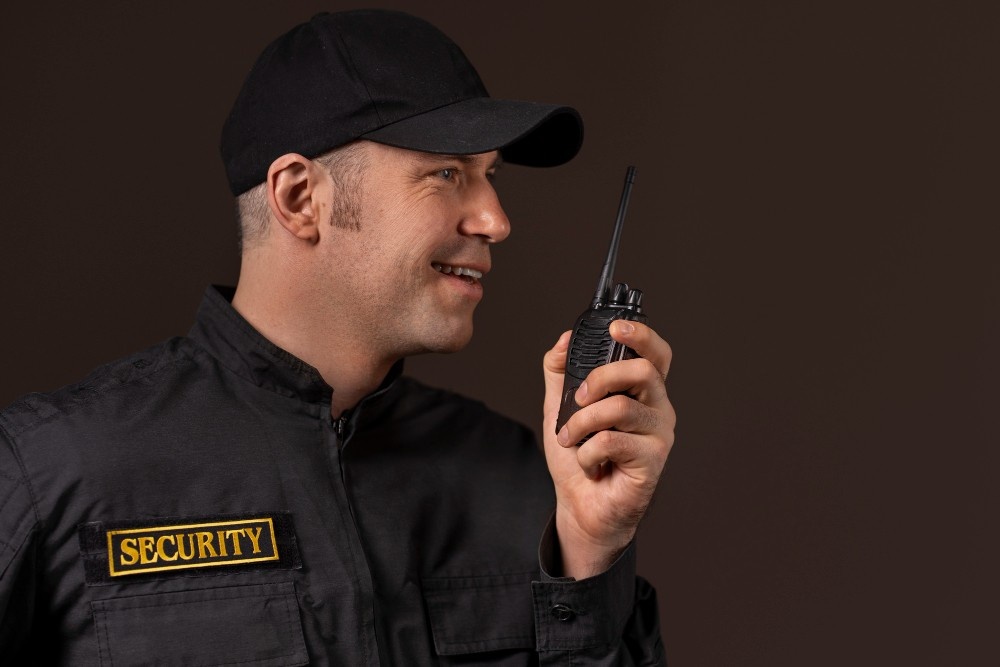The sun dips behind the ridge. You’re half a mile ahead of your hiking buddy. There’s no cell signal—and suddenly, you realize you haven’t heard their voice in a while.
That’s when it hits you: being “off-grid” is peaceful… until it’s not.
In a world obsessed with full bars and fast data, one tool remains the quiet hero of the outdoors: walkie-talkies. Simple, reliable, and built for real-time communication, they keep you connected when cell towers vanish. Whether you’re hiking, climbing, trail running, or just exploring the backcountry, a good two-way radio is as essential as your boots.
Here’s why walkie-talkies belong in your backpack—and how to use them like a seasoned adventurer.
Why Walkie-Talkies Beat Cell Phones in the Wild
Let’s start with the obvious: nature doesn’t care about your carrier.
Mountains, forests, and remote canyons routinely knock out cell service. Even if you do have one bar, reception can be patchy, slow, or just plain useless. Walkie-talkies, on the other hand, don’t rely on towers or satellites. They transmit directly from device to device using radio frequencies—no middleman needed.
Translation? You get instant, real-time voice communication even when you’re miles from civilization.
Built for the Trail, Not the Group Chat
Modern walkie-talkies are designed with outdoor conditions in mind:
- Durability: Drop them, bump them, splash them—they’re made to survive.
- Battery Life: Some models run for days on a single charge or set of batteries.
- Range: In ideal conditions (think line of sight), they can reach up to 25+ miles.
- Hands-Free Use: Many offer VOX (voice-activated transmission) or clip-on accessories for ease of use mid-hike or mid-climb.
Unlike your phone, they don’t freak out when the temperature drops or you get caught in a downpour.
When Every Second Counts: Safety First
In the backcountry, communication isn’t just convenient—it’s a safety net.
Imagine:
- You’re separated by thick brush or a river crossing.
- Someone rolls an ankle and needs help.
- Weather turns fast and you need to regroup or turn back.
A quick radio check saves time, stress, and possibly lives. Instead of shouting into the wind or hoping a text goes through, you get a clear answer: “Copy that, I’m on my way.”
Walkie-talkies are also perfect for coordinating with larger groups. Set a check-in schedule, assign channels, and make sure everyone knows how to use the device. It turns chaos into coordination.
Choosing the Right Walkie-Talkies for the Trail
Not all two-way radios are created equal. Here’s what to look for when choosing your trail companion:
- Long-range capability: Especially if you’re heading into wide open spaces or mountainous terrain.
- Weather resistance: Waterproof or at least water-resistant is a must.
- Battery options: Rechargeable is great, but having backup AA or AAA options adds flexibility.
- Channel scanning/privacy codes: To reduce interference from other nearby users.
- GPS or PTT features: Advanced models can include real-time location sharing or nationwide coverage.
And always—always—test them before your trip. Familiarity with features can make a huge difference when the pressure’s on.
Trail Etiquette: Radio Edition
Using walkie-talkies in the wild comes with a few unspoken rules:
- Keep chatter clear and brief. Avoid clogging the channel.
- Use call signs or names to identify yourself.
- Agree on a primary and backup channel.
- Check in regularly. Especially after trail splits or elevation changes.
And yes, try to resist using your best action movie voice every time you say, “Over.”
Final Word: Stay Connected, Stay Confident
When nature throws you off the grid, walkie-talkies bring you right back into the loop. They’re rugged, reliable, and refreshingly low-tech in a way that actually works when it counts.
From coordinating campsite setups to checking on the friend who lags behind, having a radio in your pack can make the difference between a stressful trip and a smooth one.
Because in the wild, peace of mind travels on a frequency—not a signal bar.



